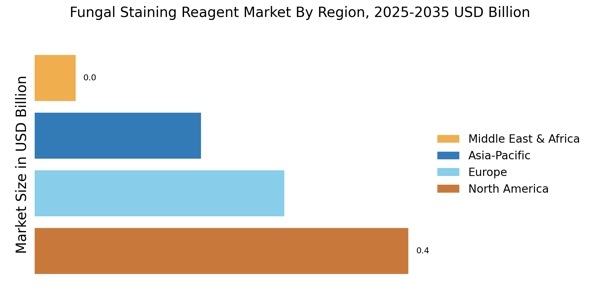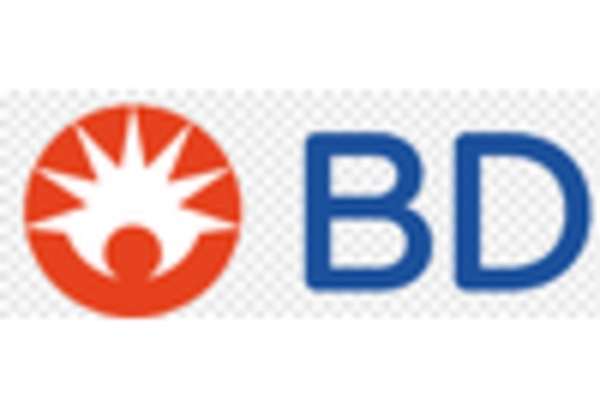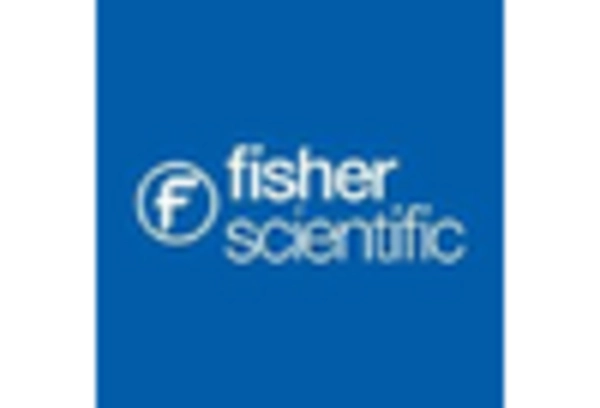The Fungal Staining Reagent Market is characterized by its dynamic nature and the presence of several key players that shape its competitive landscape. This market, essential for various applications in microbiology, pathology, and medical research, reflects trends influenced by advances in staining technologies.
It is also influenced by an increasing focus on clinical diagnostics, and the rising prevalence of fungal infections. The competitive insights highlight the strategies employed by leading market participants, including innovation in product offerings, collaboration with researchers and institutions.
And expansion into emerging markets. The ability to cater to diverse applications while maintaining high-quality standards has become a crucial competitive differentiator.
Moreover, sustainability and cost-effectiveness are increasingly important as stakeholders seek solutions that address environmental concerns while remaining economically viable.
SigmaAldrich
SigmaAldrich stands as a prominent player in the Fungal Staining Reagent Market, recognized for its extensive portfolio of high-quality reagents and kits tailored for microbial applications. The company's established reputation is bolstered by its commitment to research and development.
This ensures that it remains at the forefront of innovation in fungal staining technology. With a comprehensive assortment of reagents designed for the precise identification and characterization of fungal cells, SigmaAldrich appeals to a broad customer base.
This ranges from academia to clinical laboratories. The brand benefits from a robust global distribution network, allowing it to effectively reach various markets.
Additionally, SigmaAldrich's focus on quality assurance and adherence to regulatory standards strengthens its position, making it a preferred choice for researchers seeking reliable reagents.
Abcam
Abcam is another key contender within the Fungal Staining Reagent Market, noted for its specialized offerings and unique product formulations tailored to enhance the visualization of fungal species. Abcam leverages its scientific expertise to develop innovative staining reagents that yield high specificity and sensitivity in detecting fungal cells.
The firm emphasizes a customer-centric approach, providing extensive product information and technical support to assist researchers in their selection and application of reagents.
Abcam's strong emphasis on partnerships with academic and research institutions further enhances its credibility in the market. This fosters collaborative efforts to advance fungal research.
The company’s dedication to quality and continuous improvement makes its products highly valued among customers, contributing to its competitive standing in the ever-evolving landscape of fungal staining reagents.


















Leave a Comment